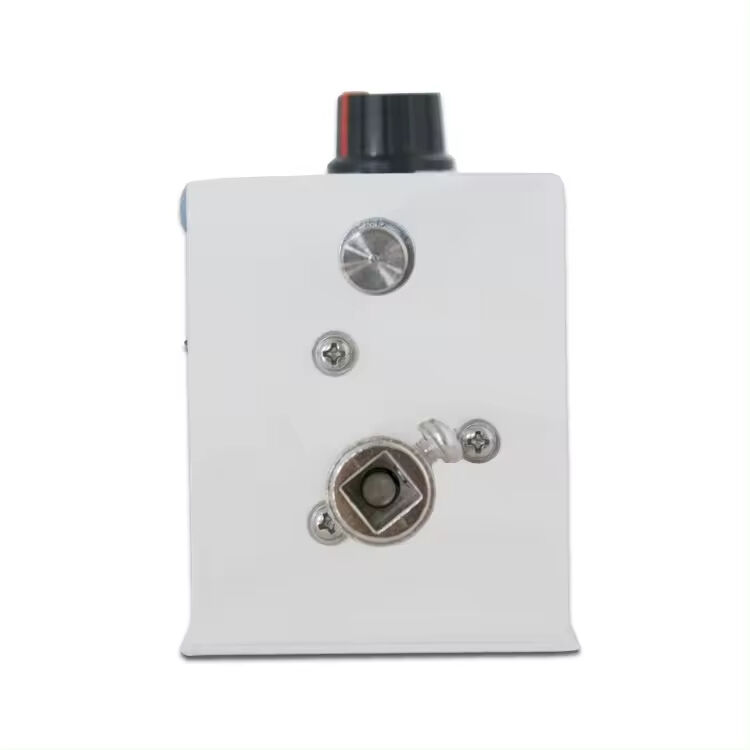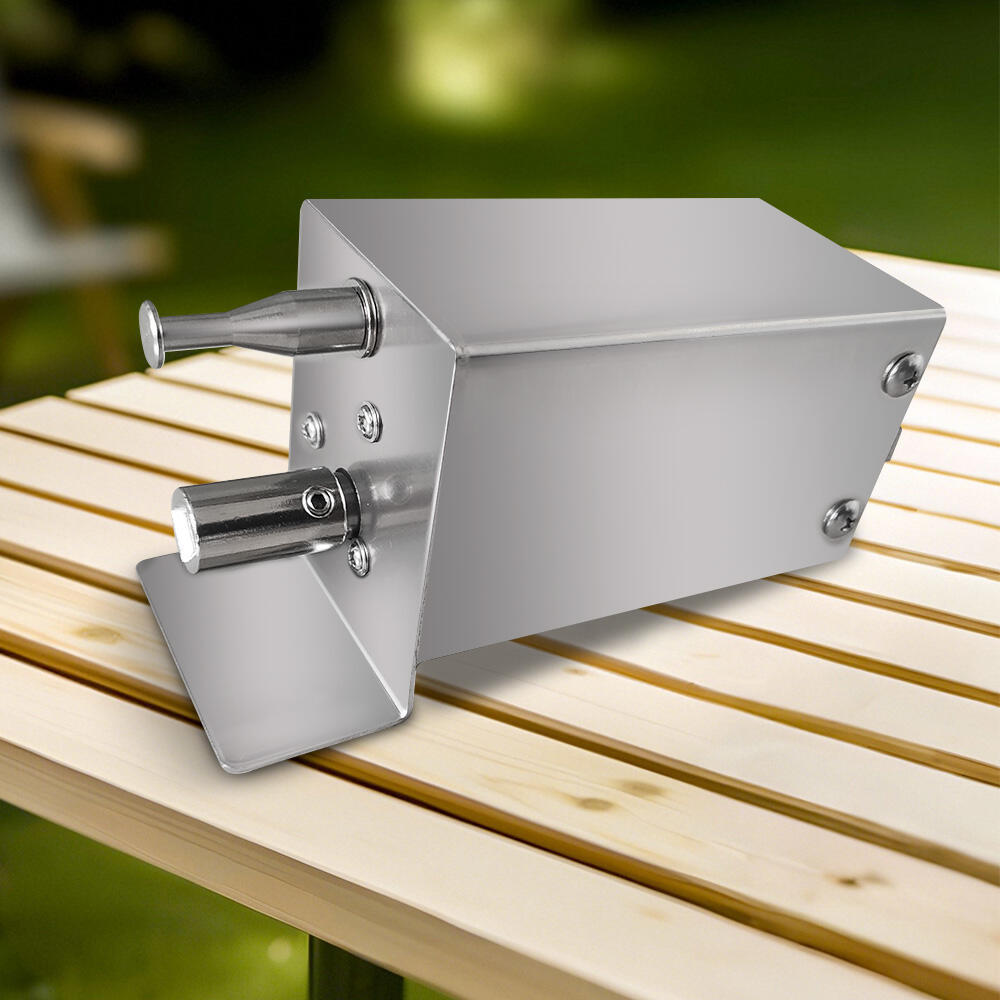Understanding the Heart of Your Rotisserie System
A rotisserie motor serves as the crucial component that transforms a simple cooking apparatus into a perfectly synchronized culinary tool. This vital piece of equipment ensures your meats rotate at the ideal speed, delivering that sought-after even cooking and golden-brown exterior that food enthusiasts crave. However, like any mechanical device, rotisserie motors can encounter various operational challenges that may impact your cooking experience.
Whether you're a professional chef or a dedicated home cook, understanding the intricacies of your rotisserie motor can make the difference between a mediocre meal and a masterpiece. Let's explore the common issues that arise with these essential devices and discover effective solutions to keep your rotisserie spinning smoothly.
Essential Components and Their Functions
Core Mechanical Elements
The rotisserie motor consists of several key components working in harmony. The main drive shaft connects to the gear system, which controls the rotation speed and torque delivery. The motor housing protects these internal components while providing proper ventilation. Understanding these elements helps identify potential problem areas and maintain optimal performance.
Quality rotisserie motors feature durable bearings, precision-engineered gears, and thermal protection systems. These components work together to ensure consistent rotation and prevent overheating during extended cooking sessions. Regular inspection of these parts can help prevent many common issues before they develop into serious problems.
Electrical System Overview
The electrical system of a rotisserie motor includes the power supply unit, control board, and various safety switches. Modern units often incorporate sophisticated electronics that monitor rotation speed and power consumption. This complex network requires proper maintenance to ensure reliable operation and safe cooking conditions.
Many contemporary rotisserie motors feature variable speed controls and automatic shut-off mechanisms. These advanced features rely on properly functioning electrical components and clean connections. Understanding the electrical system helps troubleshoot issues and maintain optimal performance throughout the motor's lifespan.

Common Performance Issues
Irregular Rotation Patterns
One of the most frequent complaints about rotisserie motors involves uneven rotation speeds. This issue can manifest as jerky movements or inconsistent turning patterns, potentially affecting the cooking quality. Often, this problem stems from worn gears or misaligned components within the motor assembly.
To address irregular rotation, first check for any obvious obstructions or debris in the gear mechanism. Sometimes, simply cleaning and lubricating the moving parts can restore smooth operation. However, if the problem persists, it may indicate more serious wear requiring professional attention or component replacement.
Power-Related Challenges
Power issues can significantly impact rotisserie motor performance. These problems might include failure to start, unexpected stopping during operation, or reduced turning force. Understanding the relationship between power supply and motor function helps identify the root cause of these issues.
Many power-related problems stem from loose connections, damaged cords, or insufficient electrical supply. Regular inspection of power cables and connections can prevent many of these issues. Additionally, ensuring your outlet provides adequate voltage and using appropriate extension cords when necessary helps maintain consistent operation.
Maintenance and Prevention Strategies
Regular Cleaning Protocols
Maintaining a clean rotisserie motor extends its lifespan and ensures reliable performance. Grease, food particles, and environmental debris can accumulate over time, affecting both mechanical and electrical components. Establishing a regular cleaning schedule prevents many common operational issues.
Focus on keeping the motor housing clean and free from grease buildup. Use appropriate cleaning solutions and tools designed for kitchen equipment. Pay special attention to ventilation areas and connection points, as these areas often collect debris that can impact performance.
Preventive Maintenance Schedule
Implementing a preventive maintenance schedule helps identify potential issues before they cause significant problems. Regular inspections should include checking gear alignment, testing rotation smoothness, and verifying proper electrical connections. This proactive approach reduces unexpected breakdowns and extends equipment life.
Document maintenance activities and keep records of any repairs or replacements. This information helps track patterns and predict potential future issues. Consider scheduling professional maintenance checks for commercial units or high-use home equipment.
Troubleshooting Guide
Initial Assessment Steps
When encountering rotisserie motor problems, start with a systematic assessment. Check for obvious issues like loose connections, visible damage, or unusual noises. This initial evaluation helps determine whether the problem requires simple fixes or professional intervention.
Test the motor's operation without load to isolate mechanical issues from weight-related problems. Listen for unusual sounds and observe the rotation pattern. These observations provide valuable information for identifying specific problems and appropriate solutions.
Advanced Diagnostic Techniques
For more complex issues, advanced diagnostic methods may be necessary. This might include testing electrical components with appropriate meters or measuring rotation speeds under various loads. Professional technicians often use specialized tools to pinpoint specific problems within the motor assembly.
When conducting advanced diagnostics, safety should be the primary concern. Always disconnect power before performing internal inspections and use appropriate tools and testing equipment. Document findings to help with future maintenance and repair decisions.
Frequently Asked Questions
How often should I service my rotisserie motor?
Regular maintenance should be performed every 3-6 months for home units and monthly for commercial equipment. However, high-usage scenarios may require more frequent servicing. Always clean the motor housing after each use and perform visual inspections regularly to catch potential issues early.
What causes a rotisserie motor to make unusual noises?
Unusual noises often indicate mechanical issues such as worn bearings, misaligned gears, or loose components. Regular maintenance and proper lubrication can prevent many noise-related problems. If unusual sounds persist, professional inspection is recommended to prevent potential damage.
When should I replace my rotisserie motor instead of repairing it?
Consider replacement if your motor is more than 5-7 years old and experiencing frequent problems, or if repair costs exceed 50% of a new unit's price. Also, significant mechanical damage or electrical burnout often makes replacement more economical than repair. Modern motors often offer improved efficiency and additional features that may justify an upgrade.

